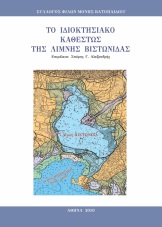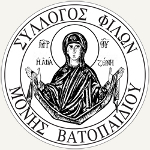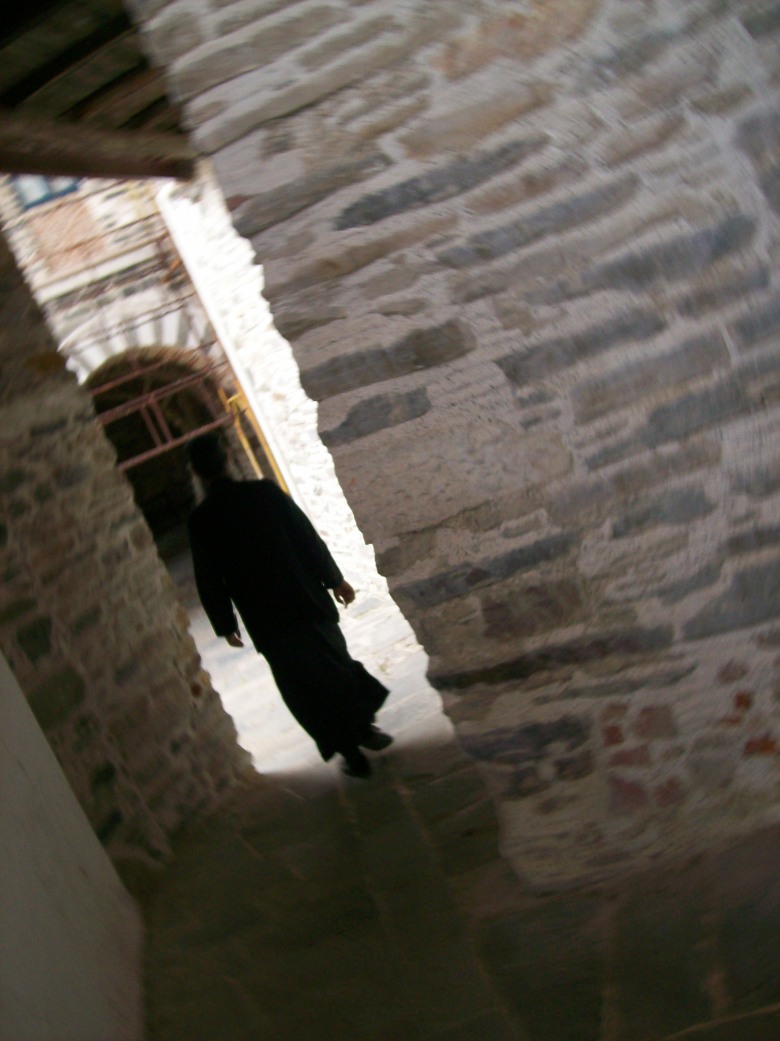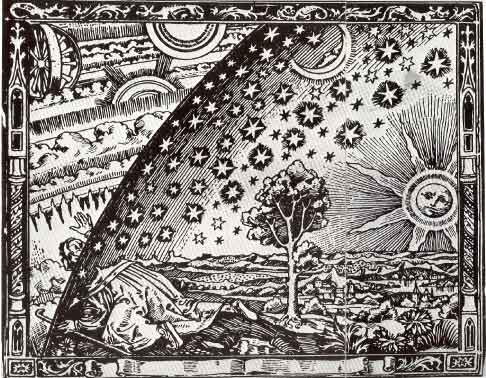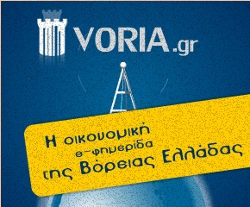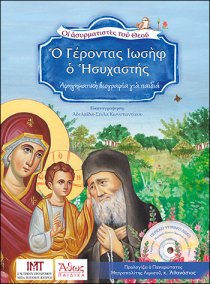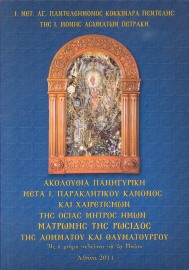«To the angel of the church in Smyrna write: These are the words of him who is the First and the Last, who died and came to life again. I know your afflictions and your poverty—yet you are rich! I know the slander of those who say they are Jews and are not, but are a synagogue of Satan. Do not be afraid of what you are about to suffer. I tell you, the devil will put some of you in prison to test you, and you will suffer persecution for ten days. Be faithful, even to the point of death, and I will give you the crown of life. He who has an ear, let him hear what the Spirit says to the churches. He who overcomes will not be hurt at all by the second death.»
(Revelation 2:8-11;http://www.biblegateway.com/passage/?search=Revelation+2&version=NIV)
The ethnomartyr Chrysostom Kalafatis was born in Triglia of Propontidas in 1867. He was the Metropolitan of Smyrna from 1910 until 1922.
